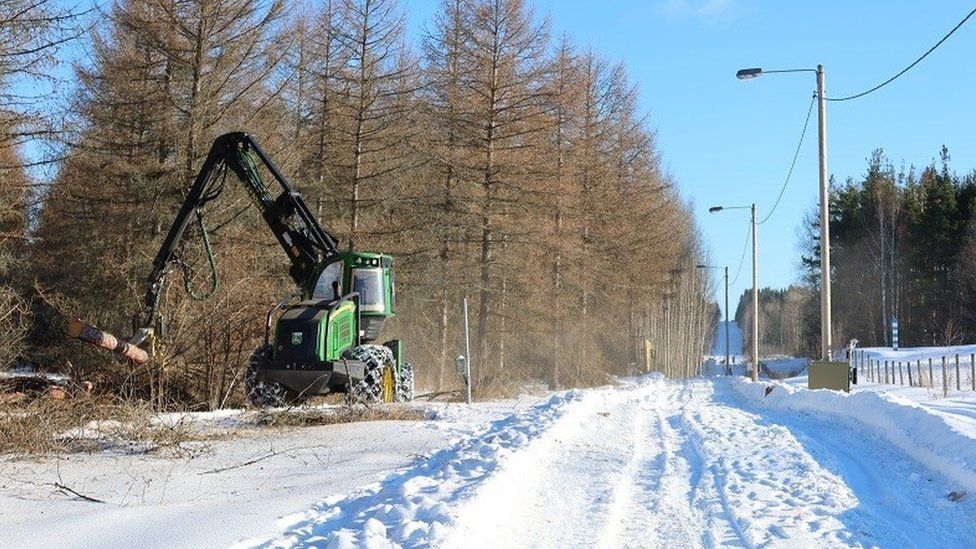Finland has started construction of a metal fence in the most vulnerable sections of its border with Russia, a measure approved last October to curb illegal immigration and a possible large influx of refugees.
Work has started in the border municipality of Imatra in southeastern Finland, with the felling of trees and clearing of brush along a three-kilometre strip, where a test section will be erected at a cost of around six million euros.
In this section, located in one of the busiest border crossings due to its proximity to St. Petersburg, a road and a three-meter-high metal fence with concertinas at the top and CCTV cameras will be built.
If the pilot project is successful, work will continue with the construction of several additional sections with a total extension of about 200 kilometers, which represents about 15% of the 1,340 kilometers of border that separates Finland and Russia.
The work should last between three and four years and represent an outlay of “several hundred million euros”, according to estimates by border guards.
“The fence by itself won’t solve anything, but it will be part of the Border Guard’s global border surveillance,” the state agency said in a statement.
The construction of the border fence, initially proposed by the border guards, was authorized by the center-left government led by Prime Minister Sanna Marin and supported by all parliamentary groups.
“It’s about being able to ensure that the border is well guarded and to be able to anticipate what can happen there,” said the Prime Minister at the time.
This project is a response to rising tensions with Moscow following the Russian invasion of Ukraine and the process of Finland and Sweden joining NATO.
The start of the work, after several months of calls for tenders, coincidentally coincides with the approval on Wednesday of Finland’s entry into the Atlantic Alliance by the Eduskunta (Finnish Parliament).
Finland has the longest border with Russia in the entire European Union (EU) and the second in Europe, after that of Ukraine.

